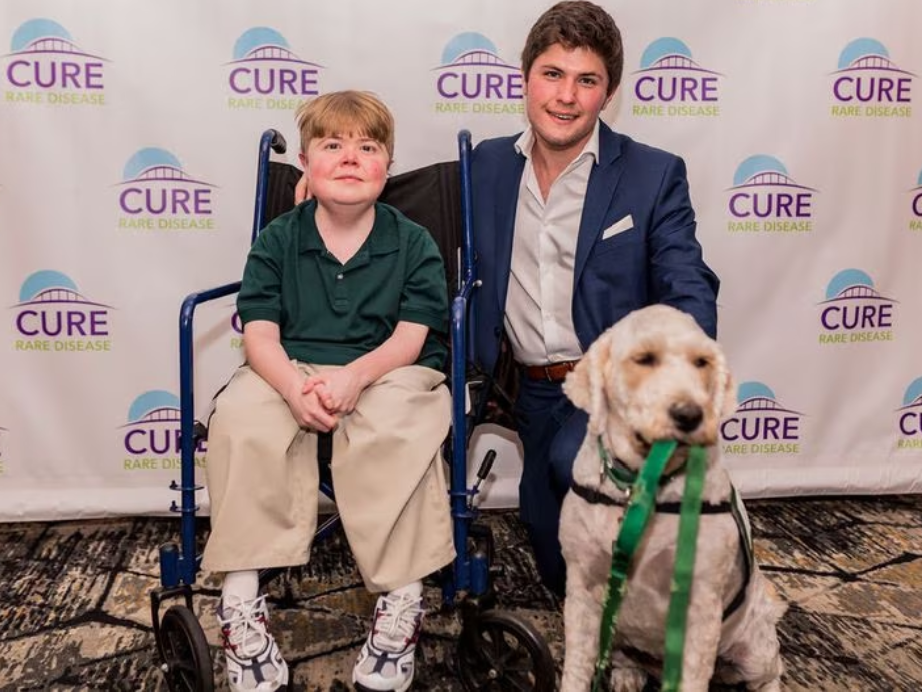
He was the first patient to get a CRISPR therapy for muscular dystrophy. The first to receive a CRISPR treatment made specifically for him. And also the first to try a CRISPR approach that did not aim to change a DNA sequence but only its expression (epigenetic editing). Six months after Terry Horgan’s passing, his brother Richard disclosed the first information on the cause of death.
While waiting for the data to be released in a few weeks on medRxiv, preliminary information confirms the speculation made by specialists from the outset: Terry had an adverse reaction to the viral vectors used to deliver the therapy into the cells. This is a well-known risk that can occur when adeno-associated viruses are used at high doses in gene therapy, regardless of the technique chosen to intervene on the DNA.
Other risk factors, also already known, were Terry’s age (at 27, he was older than most participants in muscular dystrophy trials) and the advanced stage of his disease. The epigenetic correction made to turn on a dormant copy of the dystrophin gene, therefore, would not be among the causes of death. In short, CRISPR is not to blame.
His brother Richard (who had hoped to save him by founding a non-profit organisation with the mission of developing the custom-made therapy) says Terry knew he had little hope. He wanted to try anyway, also to contribute to the advancement of science, and this will continue to be the goal of the organisation dedicated to him, Cure Rare Disease.
Fyodor Urnov (Berkeley/Innovative Genomics Institute) was one of the first specialists to comment: ‘The only path to better genomic therapies is to learn as much from their failures as from their successes – including, tragically, when a subject on a trial dies. We honour the person’s memory by learning all we can.”
